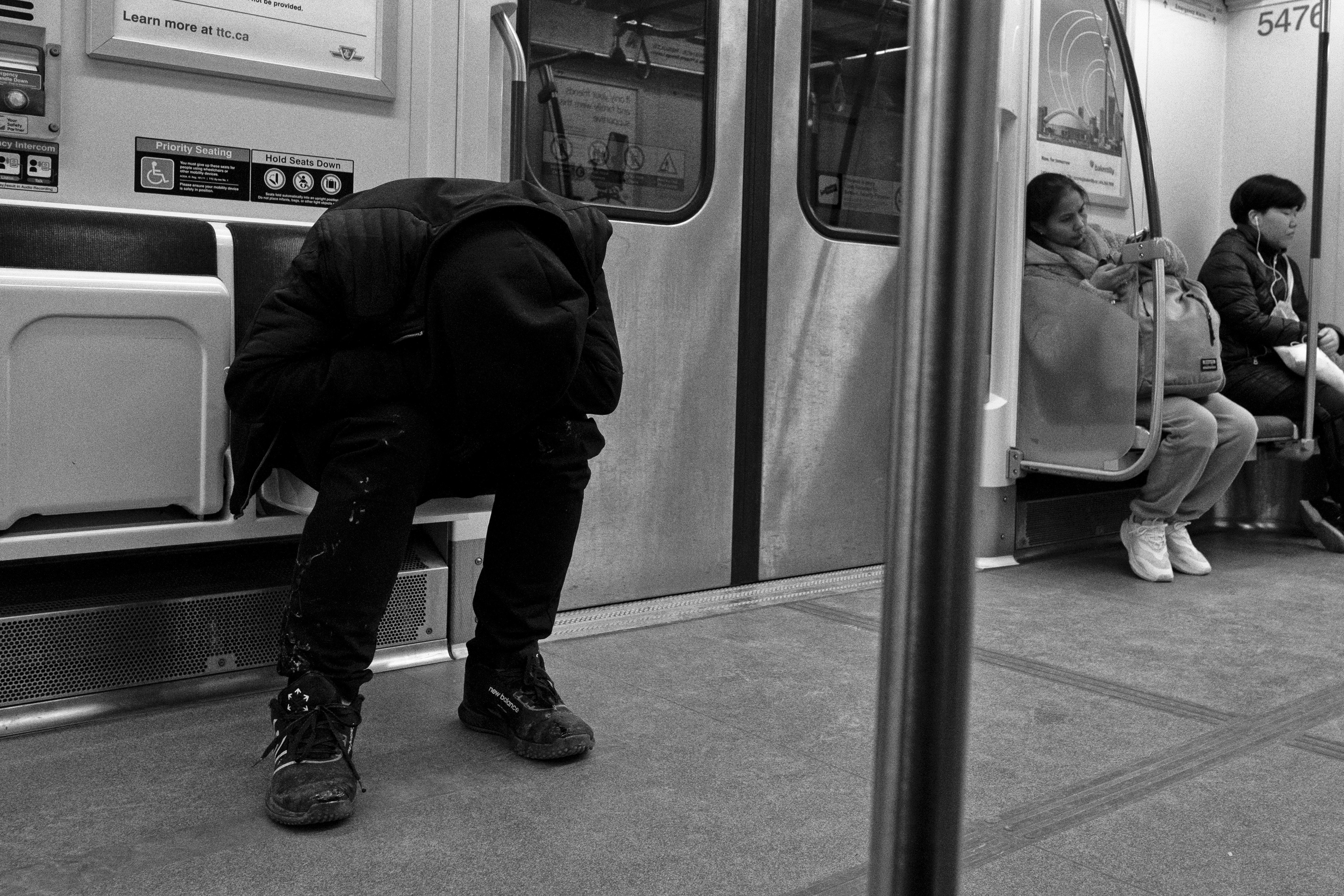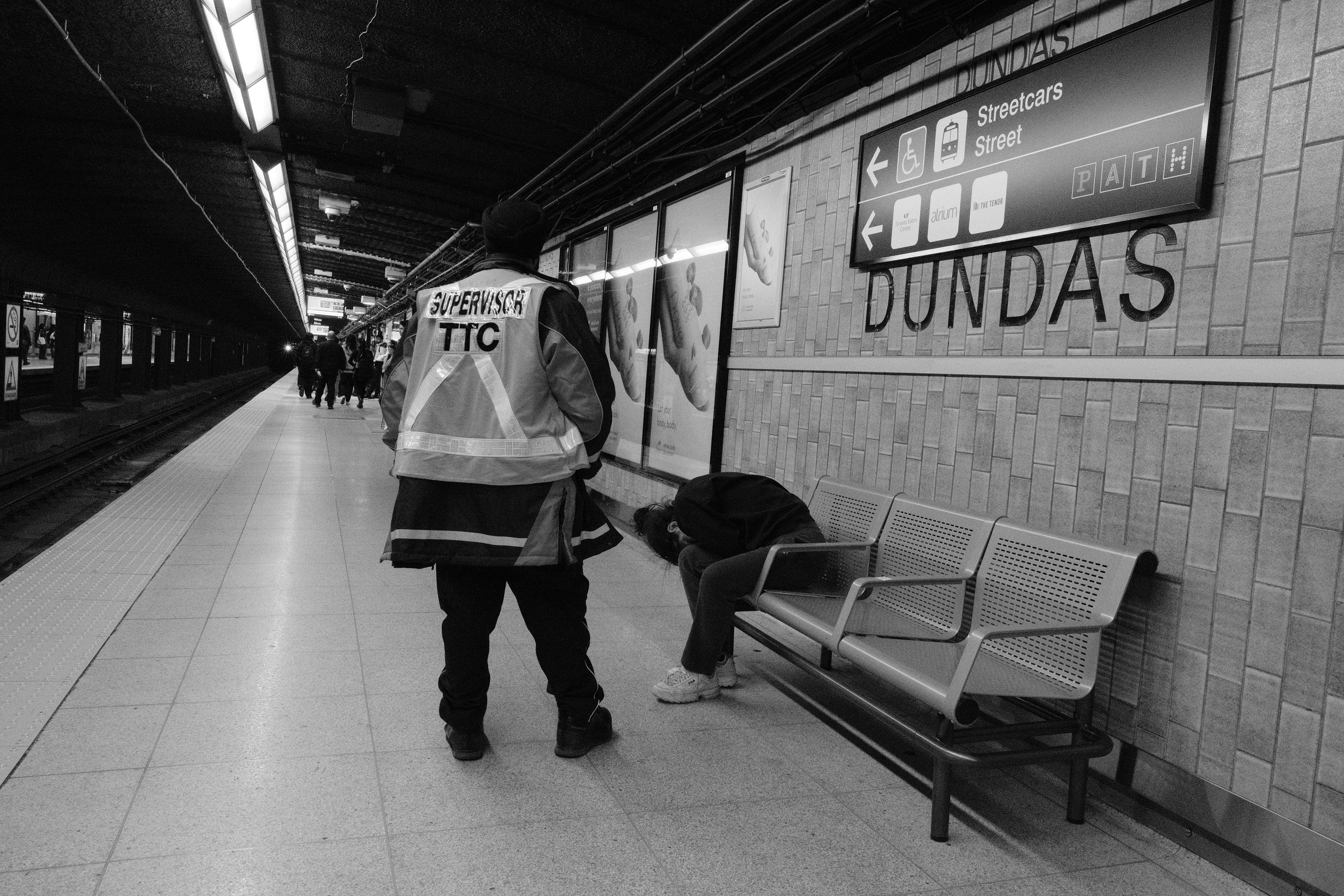




These images were taken during my daily commute, beginning in September 2024. They have not been shared on social media and are being treated as a separate body of work. While I am not specialized in health economics, I feel an obligation to share them here, at least in this format. Since intensifying around 2016, Canada’s opioid crisis has prompted a series of harm reduction policies, including the decriminalization of certain drug-related behaviors and the expansion of safe supply initiatives. Public authorities often report a net reduction in overdose-related mortality as a sign of policy effectiveness. However, such aggregate claims raise further questions about both the effectiveness and the unintended consequences of these interventions: 1. Causal identification and robustness: Has the observed reduction in overdose deaths been causally identified? Are these effects robust across different populations, neighborhoods, and time horizons? Notably, a recent report—Annual Summary of Opioid Toxicity Deaths in Toronto (October 2024)—documents a rise in opioid-related fatalities in the city. 2. Long-term outcomes: Do these policies improve long-term outcomes for individuals with substance use disorders, such as sustained sobriety, labor market reentry, or reduced dependency on emergency services? 3. Externalities and risk redistribution: What are the unintended spillovers—including increased public exposure to drug use, visible disorder, or incidents of violence—and who bears those costs? Personally, I have occasionally felt unsafe riding the TTC, and several recent violent incidents appear to be drug-related. 4. Social welfare trade-offs: More fundamentally, is a reduction of X overdose deaths socially preferable if it coincides with X deaths or harms among innocent bystanders due to drug-related crime or public safety deterioration?




